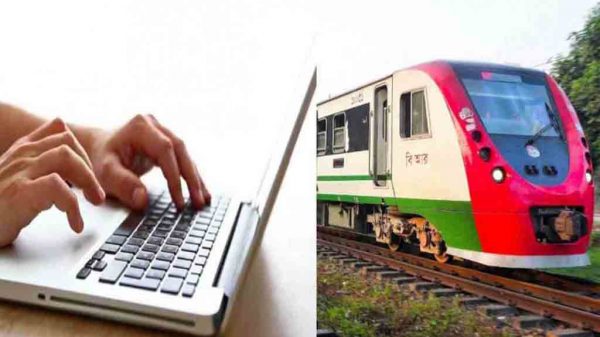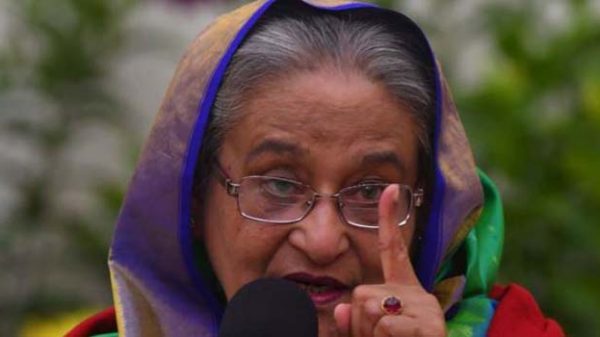Visit Kaptai Lake for a breather

Kaptai Lake, the largest manmade freshwater body in Bangladesh, was created in 1956 when a dam was constructed on the Karnaphuli River for the Kaptai hydropower plant. The dam obstructed regular water flow in the river and inundated vast swathes of farmlands which later transformed into a lake.
It is now a popular destination of tourists for its soothing beauty. I had long been waiting to go on a trip to see the beautiful view of the water body. Finally the time came when Javed Karim, chief organiser of ‘De Chhut Bhromon Sangha’, an online platform of travellers placed a proposal to go on a trip to Kaptai with them.
I grabbed the offer without hesitation and embarked on the two-day trip.
On Thursday night, Jashim and I boarded a bus from Gabtoli. Five others joined us from Motijheel and Kamalapur. After an overnight journey, we reached Rangamati early Friday.
After having snacks, we took a speed boat to Thegamukh, a bordering area under Barkal upazila. The boat began running on the surface of the lake at high speed. The cool breeze did not spare us though we wore life jackets. We had to wear mufflers and monkey caps to save ourselves from the stinging cold.
The boat had been running on the lake for a while. It seemed that boat driver Shanto Chakma started a never-ending journey on water.
However, members of Border Guard Bangladesh (BGB) stopped us at different spots for registration. After completing the procedures, we resumed the journey again.
On the way, we were enthralled by the scenic beauty of the lake. The fishermen were netting fish. How long I did not see the fishermen fish!
The sight of the plums hanging like a garland on the banks of the lake drew our attention. Locals and Bangalees constructed houses on both banks.
After a several hour ride, the boat reached Choto Horina Bazar and anchored near a BGB camp. But our destination was a few kilometres away.
As regular process, we submitted photocopies of our national ID cards. But the authorities informed that no one was allowed to go to Thekamukh due to some complexities. We were totally helpless at the time.
After failing to get permission from BGB, we visited some hills of the area and had lunch at a hotel of a Marma family.
We began the return journey to Rangamati on the boat. Although all were upset as we could not visit Thegamukh, the boat ride on the lake cheered us up. On the way, we took breaks at different spots and visited Barkal Upazila, police station, Press Club and some other places. When we reached Shuvalang, the sun was setting. It was mesmerising to see the scene as it reflected on the lake.
We reached the Rangamati town around 8pm.
The next day, we woke up early in the morning, took an auto rickshaw and went to Manikchhari to visit Furman hill, the second highest hill in Rangamati. We began climbing the hill around 9:30am. Few people were seen in the first 30 minutes of our trekking.
We managed to reach the peak around 12:15pm, passing a long, narrow and undulate path. There was an army camp to ensure tight security at the hilltop. We walked for 10 more minutes to see a Buddhist idol and the nameplate of Furmon hill. We stopped there for around half an hour and took some photos.
Finally, we started our return journey.





























Leave a Reply